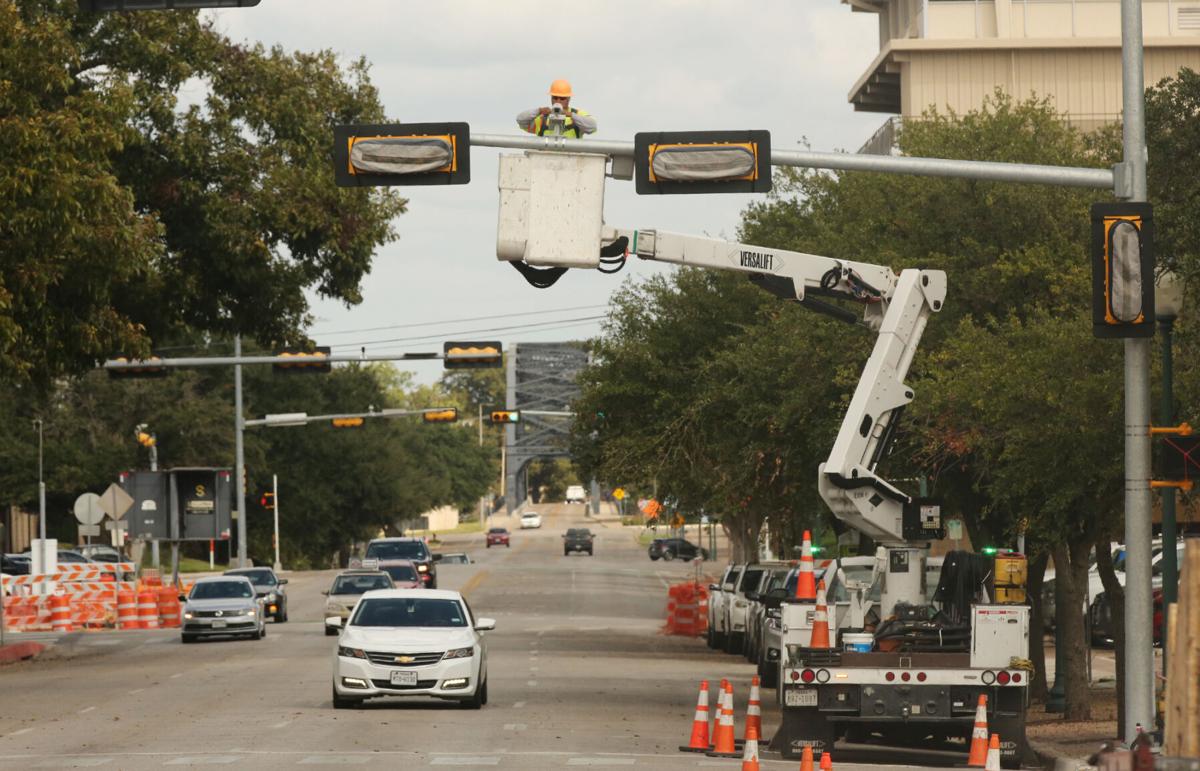Operating a bucket truck is an essential part of daily operations in industries like utilities, telecommunications, and construction. However, while bucket trucks enable workers to safely reach heights, they also come with significant risks. Ensuring safety requires a combination of regular maintenance, proper training, and following best practices. In this guide, we’ll cover key safety tips for operating bucket trucks effectively and safely.
Pre-Operation Safety Checklist: Setting the Stage for Safe Work
Before starting any job with a bucket truck, it’s vital to carry out a thorough inspection of both the truck and the surrounding work environment:
- Perform the Pre-Start Inspection checklist: This includes checking the tires, hydraulic systems, and outriggers and ensuring that the bucket is in good condition and all controls are working properly. This is mandatory for all operators before using the unit. Failing to catch equipment issues before operation could lead to accidents or equipment failure on the job.
- Consider Weather Conditions: Adverse weather conditions, such as high winds, lightning, or heavy rain, can compromise the stability of a bucket truck. Always check the forecast and avoid operating the truck if dangerous weather is expected. Always cease operations and secure equipment in case of unexpected changes in the weather conditions until it is safe to resume work.
- Worksite Inspection: Survey the surrounding area for potential hazards like power lines, uneven terrain, or objects that might obstruct the truck’s movement. Setting up in a safe, clear space without ditches, pot holes, bystanders etc. is crucial to maintaining stability and preventing accidents.
Training and Certification: An Absolute Must Have
It is a ‘no brainer’ that only trained and certified personnel should operate bucket trucks. Operating a bucket truck without proper training is not only dangerous for the operator but also for nearby workers, civilians and property. Qualified operators must understand how to handle the controls, recognize common risks, and follow established safety protocols.
Additionally, ensuring that operators adhere to industry standards, such as ANSI or OSHA (Occupational Safety and Health Administration) regulations, is crucial. These guidelines are designed to minimize accidents and ensure a high level of safety for both operators and ground workers.
Operational Best Practices: Staying Safe During Use
Once the pre-operation checks are complete, it’s time to focus on the best practices during bucket truck use. First and foremost, operators should follow all manufacturer guidelines and never exceed the load capacity of the bucket. Maintaining clear communication with ground personnel and being aware of the surroundings at all times is also essential.
Following these safety protocols during operation can significantly reduce risks:
- Proper Positioning of the Truck: Stabilize the truck using outriggers and ensure that it’s set up on level ground. Uneven surfaces can cause the truck to tip, which is one of the most common causes of accidents in the field.
- Safe Entry and Exit from the Bucket: Always maintain three points of contact when climbing in or out of the bucket. Never enter or exit the bucket when it is raised; it should be fully lowered before anyone enters or leaves.
- Using Personal Protective Equipment (PPE): Wearing the appropriate and necessary personal protective equipment (PPE) is absolutely essential for the safety of bucket truck operators. This includes:
- hard hats
- safety glasses
- high-visibility vests
- insulated gloves (when working near electrical equipment)
- fall protection harnesses.

- Avoiding Overloading: Every bucket truck comes with a weight limit. Exceeding this limit can lead to tipping or damaging the equipment. Ensure that the combined weight of personnel, tools, and materials stays within the specified capacity.
- Communication with Ground Workers: Clear communication between the operator and ground workers is essential. Use hand signals or radios to ensure that everyone is aware of the bucket’s movement and any potential hazards.
Besides being mindful of these best practices, you should also consider adding Slopemax to your safety measures – especially if your crew is working on uneven terrain.
SlopeMax is an innovative passive safety system that improves both operator safety and job site efficiency. The advantages of SlopeMax will be felt most by fleets and contractors that operate in hilly and mountainous areas, where the slope of the job site exceeds five degrees. SlopeMax by Versalift increases your productivity, and it decreases any operator’s capacity to use a bucket truck in an unsafe or illegal way.

Read more about safety for operating bucket trucks here.
Electrical Safety Tips
Working near power lines introduces an additional layer of danger. Bucket truck operators must be especially cautious when operating in areas with live electrical lines.
- Maintaining Safe Distance from Power Lines: Always observe the minimum approach distance (MAD) when working near electrical sources. Coming too close to live power lines can lead to fatal accidents.
- Using Insulated Equipment: For jobs near power lines, make sure the truck and its equipment are properly insulated to protect operators from electrical shock.
- Grounding the Truck: In some cases, grounding the truck can reduce the risk of electrical shock. Make sure to follow appropriate grounding procedures, especially in environments where electrical hazards are present.
If you wish to provide your crew with an extra level of safety when working in heights near power lines, consider Versalift TruGuard. TruGuard is an advanced safety feature developed by Versalift specifically for aerial lift operations. Its primary purpose is to provide a higher level of electrical insulation, protecting operators from electric shocks and other electrical hazards when working near live power lines or in environments where electrical contact is a risk.

Emergency Procedures
In the event of an emergency, such as equipment failure or electrical contact, quick thinking and preparation are crucial. Ensure all operators and crew members know how to activate emergency controls and are trained to respond to a variety of potential emergencies.
- Equipment Failure: If the bucket truck experiences a mechanical issue while elevated, operators must remain calm. Familiarity with the truck’s emergency controls can help bring the bucket down safely.
- Electrical Contact: In case of accidental contact with live power lines, operators should remain in the bucket until the power has been shut off, if it is safe to do so. Never jump out of a bucket truck as it could lead to a severe injury from an electrical shock or even death.
Post-Operation Best Practices
Once the job is complete, there are still important safety measures to follow.
- Proper Shutdown and Storage: After the work is finished, make sure the bucket is fully lowered, and all systems are turned off. Secure the truck by parking it in a designated safe area and store all tools and materials appropriately.
- Maintenance and Reporting: Regular maintenance is key to the safe operation of a bucket truck. After each job, log any equipment issues and report them immediately so they can be addressed before the next use.
Operating a bucket truck safely requires attention to detail and a commitment to following best practices. From pre-operation inspections to safe shutdown procedures, every step in the process is critical to preventing accidents and ensuring a productive workday. Always prioritize safety and remain vigilant about following industry standards and regulations.
By staying proactive about safety, bucket truck operators can minimize risks and protect both themselves and those around them on the job.
Do you want to learn more? Reach out to us here.


